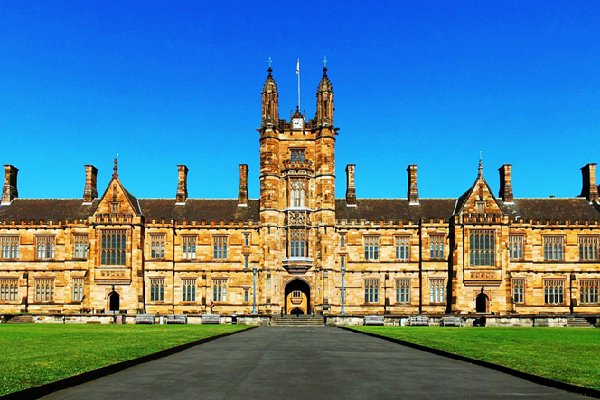University of Sydney: Masters players committed to the team, ignore heart health: study
Research from the University of Sydney and Royal North Shore Hospital provides insights into cardiac risk among footballers of ‘masters’ age (35 years and older).
In what is believed to be the first study to assess cardiac knowledge and beliefs in this higher-risk amateur football (soccer) group, researchers have found that one in five players experience one or more potential cardiac symptoms while playing in the past year, but only one in four of them sought medical attention.
The findings from the survey were published today in the Royal Australasian College of Physicians’ peer-reviewed journal The Internal Medicine Journal.
Associate Professor Tom Buckley from the University of Sydney’s Faculty of Medicine and Health explained although regular exercise improves health, he and others have shown previously that strenuous exercise can cause a temporary increase in risk of heart attack and sudden death.
“Although events during sport may be rare, each death is a tragedy and insight into motivations and health behaviours of masters’ players helps plan preventative approaches,” he said.
“It is important for people to recognise and act quickly on symptoms when participating in sports events,” Associate Professor Buckley said.
“Our research is also relevant for other sports besides football, which is the most common masters team sport.”
Professor Geoffrey Tofler, senior author of the paper, and Professor of Preventative Cardiology at Sydney Medical School and cardiologist at Royal North Shore Hospital, says: “Although regular exercise improves health, the temporary increase in cardiac risk during strenuous exercise reinforces that it is important to recognise the warning signs of an impending cardiac event.
“If a cardiac arrest occurs, acting promptly with CPR and defibrillator availability is critical.”
“Our research provides insights for masters football players and other masters players so that they can continue to enjoy the benefits of weekend amateur sport but know when to seek help if required.”
It is important to recognise the warning signs of an impending cardiac event.
Professor Geoffrey Tofler
Some key findings include:
21.6 percent experienced at least one potential cardiac symptom during physical activity in the preceding 12 months, but only 24.2 percent of them sought medical advice.
Almost half (49.6 percent) had little or no confidence that they would recognise a heart attack in themselves, with even less expressing confidence in recognising one in others.
In response to a hypothetical episode of chest pain while playing, less than half (46.6 percent) would leave the field immediately, while 49 percent would stay on the field for 5-10 minutes to see if the pain eased, and several A grade (16.6 percent) and B grade (2.2 percent) players would continue playing until their performance became unsatisfactory or until the end of the game.
Three quarters (76.5 percent) said they would use the internet for information about their symptoms before seeing a doctor.
Although knowledge of typical heart attack symptoms was high (>80 percent) it was lower (<40 percent) for less typical symptoms.
One high-risk attitude was that nearly half (45 percent) said if they thought they were having a heart attack, they would prefer someone to drive them to the hospital rather than have an ambulance come to their home.
While most (81.7 percent) would see a doctor within one week of experiencing a health problem such as chest pain, 18.3 percent would wait longer or not go.
A positive response was that prevention strategies were strongly supported by participants, in particular, defibrillator availability at games and training in their use, and educational information about cardiac health and warning symptoms.

